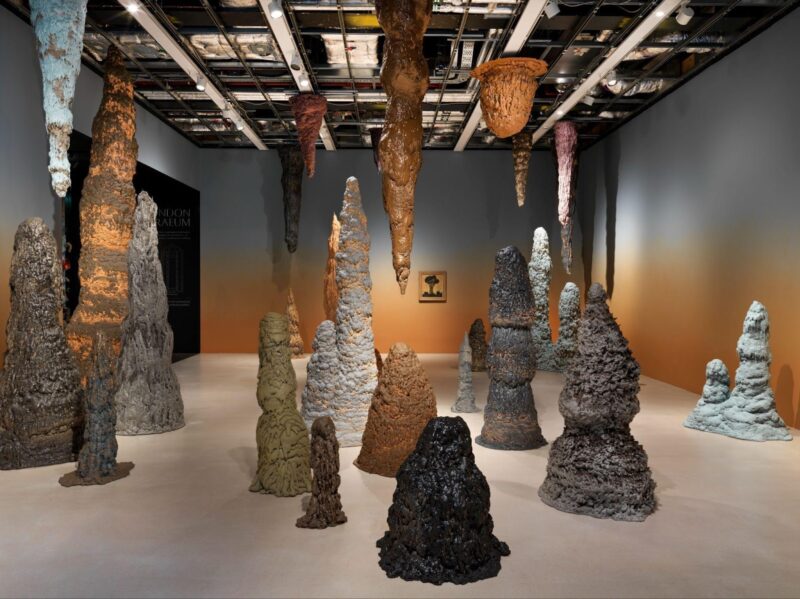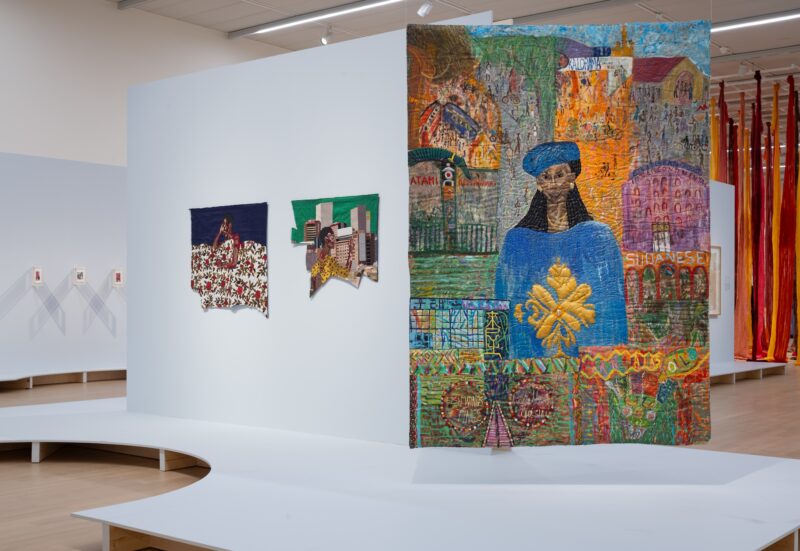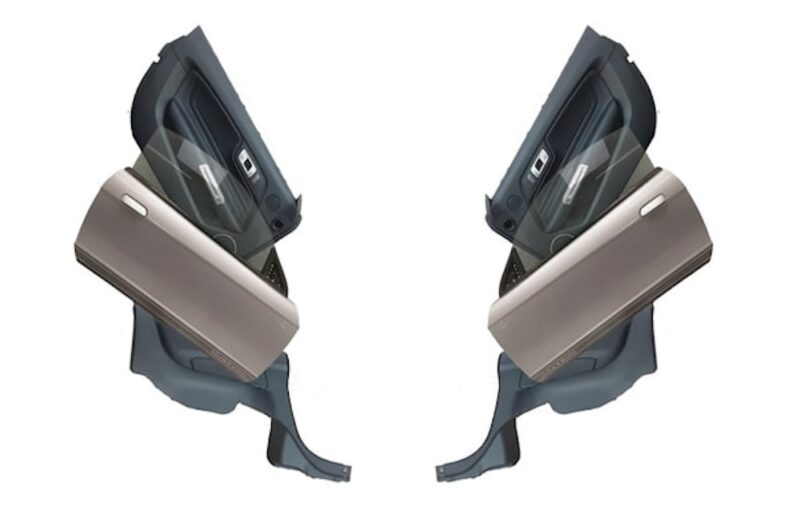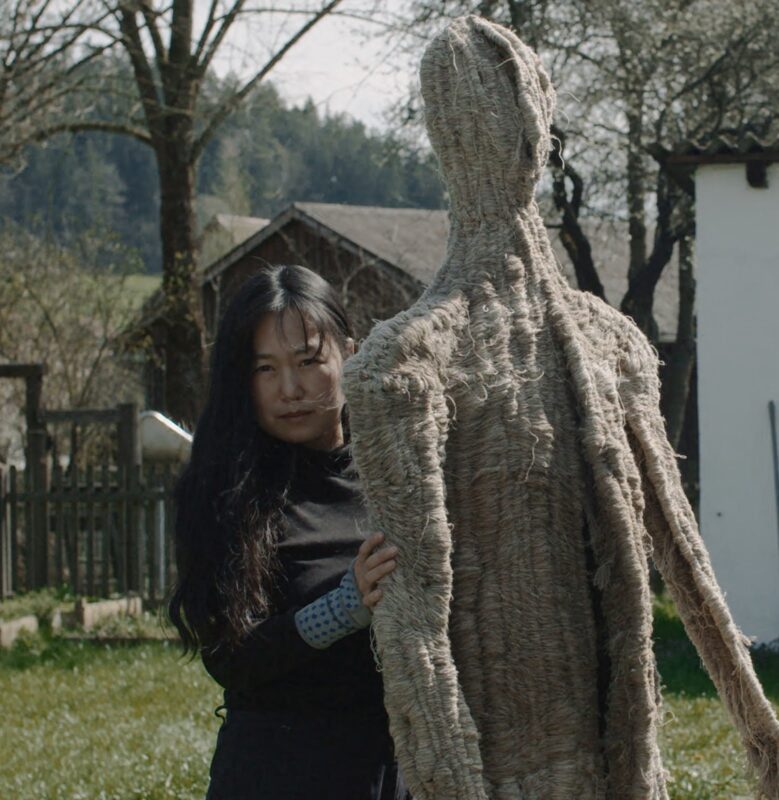Gathering to present Support Structures, a group exhibition bringing together artworks exploring the ‘fixed instability’ of the human condition, the transcendence of physicality and mortality.
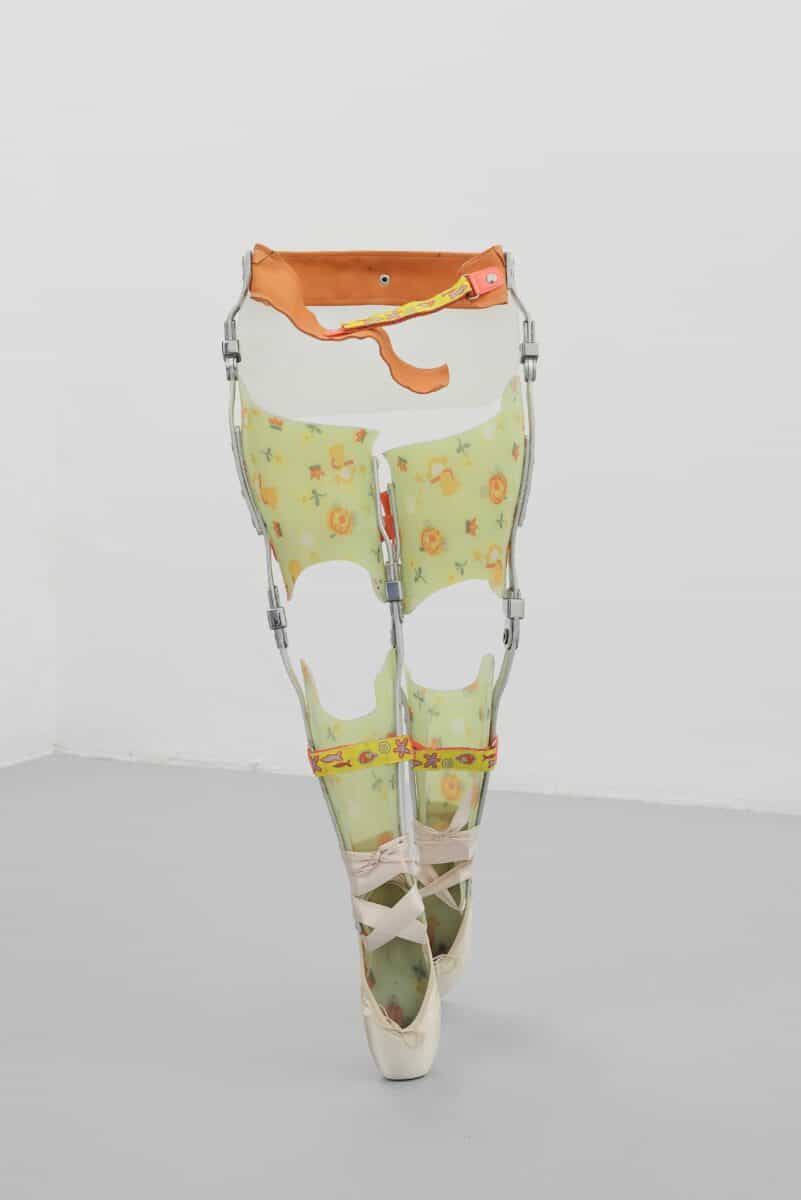
Rooted in politics of care, the artists contest the political rationalisation of the body as an individualised, self-standing unit, instead focusing on dismantling the dichotomy between the mechanical, man-made and the natural. Robert McCruer’s Crip Theory1 offers an intuitive framework for the exhibition, deepened and complicated by the perception of the body as inherently reliant on support systems and additive structures.
The continuous developments in biotechnology enforce the ambivalence of corporeal subjects. These advancements have driven the move from the understanding of prostheses as an artificial replacement defined by their reparative effect, in favour of a more hybrid embodiment, as theorists David Mitchell and Sharon Snyder expressed it, “the prostheticized [sic] body is the rule, not the exception”. The concept of
prosthesis can thus be expanded to mean a much broader notion of the networks of care. The nature of the human experience is ultimately defined by its interconnectedness to others and the potentiality of a shared sense of vulnerability.
With tender fortitude, the artworks reflect the moments of realising one’s limitations, needs, achievements, failures and reliance on others. Instead of implying a corrective notion, the set of compassionate lenses shared by the artists foregrounds the state of being defined by defencelessness.
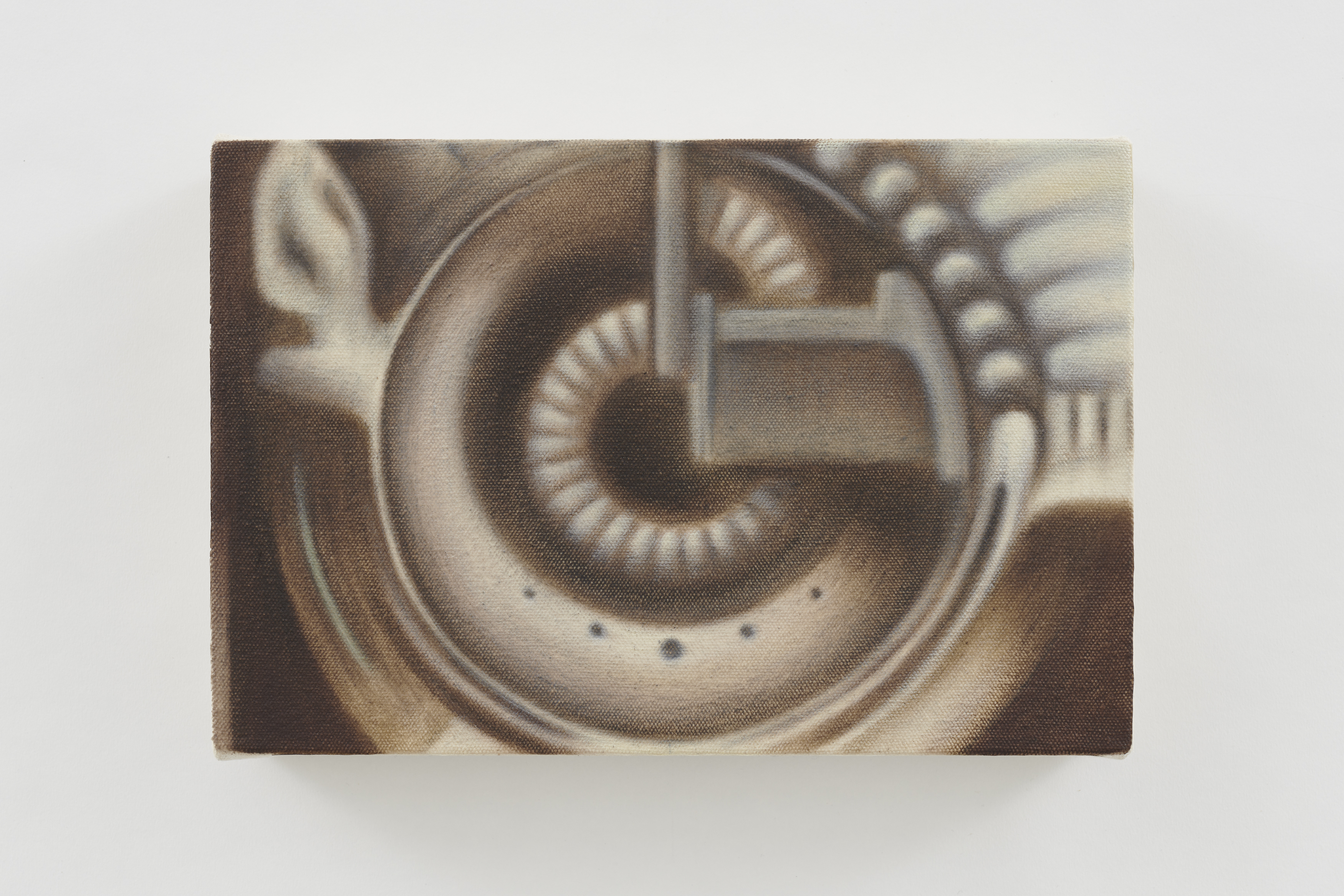
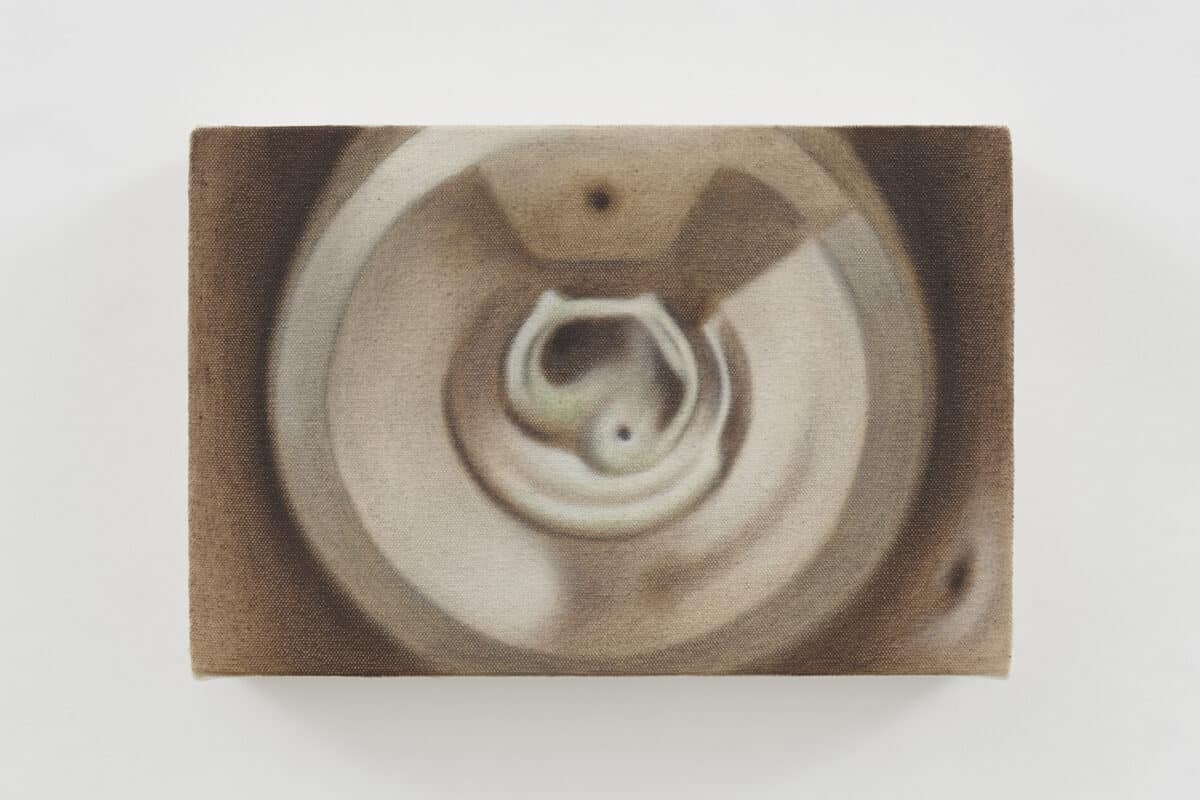
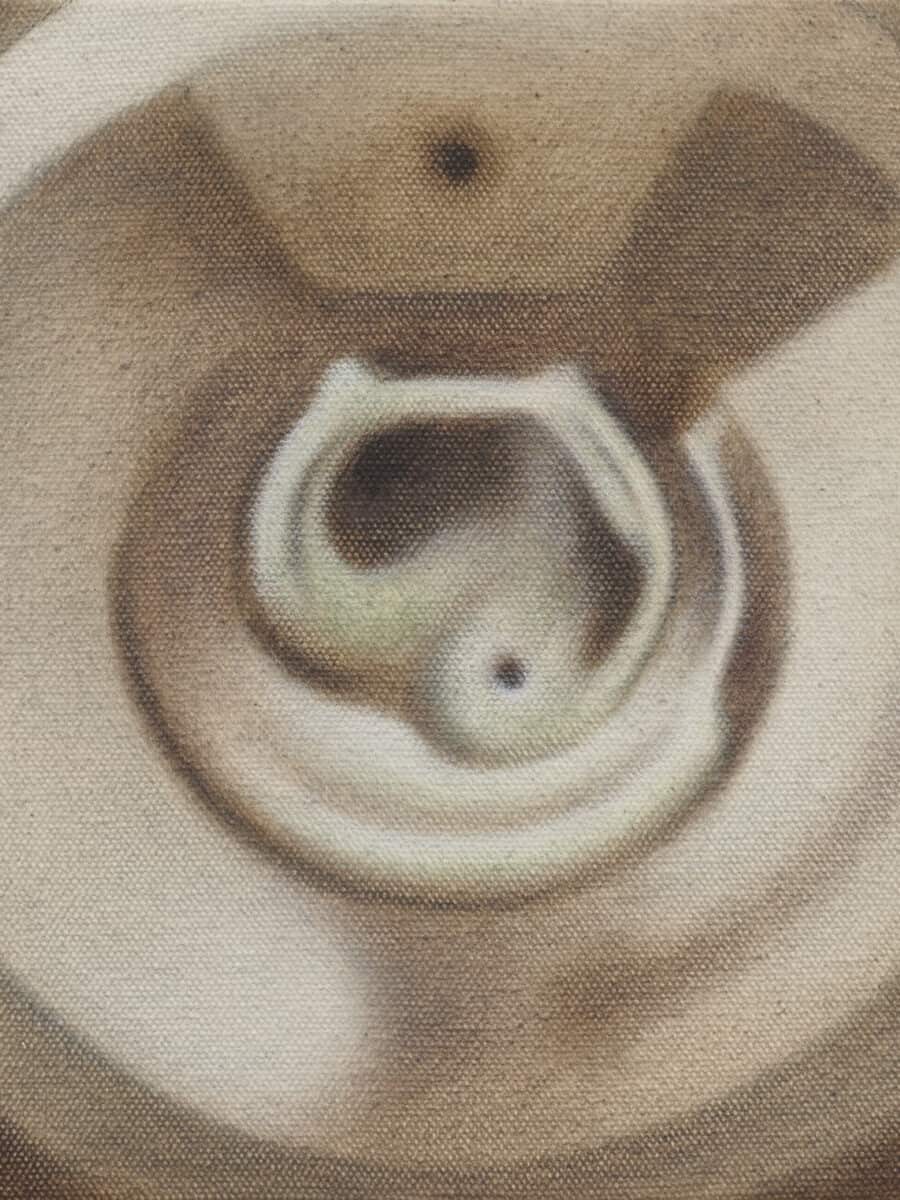
Works by Eva Hesse, Alina Szapocznikow and Louise Bourgeois focus on the moment of intuitive, reconstructive shift towards the interest in frailty, both in terms of the choice of materials and the visual language. A pioneer in video art, Nam June Paik was amongst the first artists to explore the human condition through the prism of technology, embracing a playful anthropomorphisation of video and radio as an art form. The precision of Maren Karlson’s paintings abstracts the mechanical nature of organisms, suggestive of ribcages, spines or car engines. The approach of quietly marrying the mechanical and organic are expanded by other artists included in the exhibition, such as Geumhyung Jeong, whose video reclaims an interrelated fluidity, mobilising mutual transformations:
“Their selves connect and merge into assemblages and later disconnect and reconnect with others to form different assemblages. Within these assemblages there are no clear distinction between persons or between persons and technologies.”
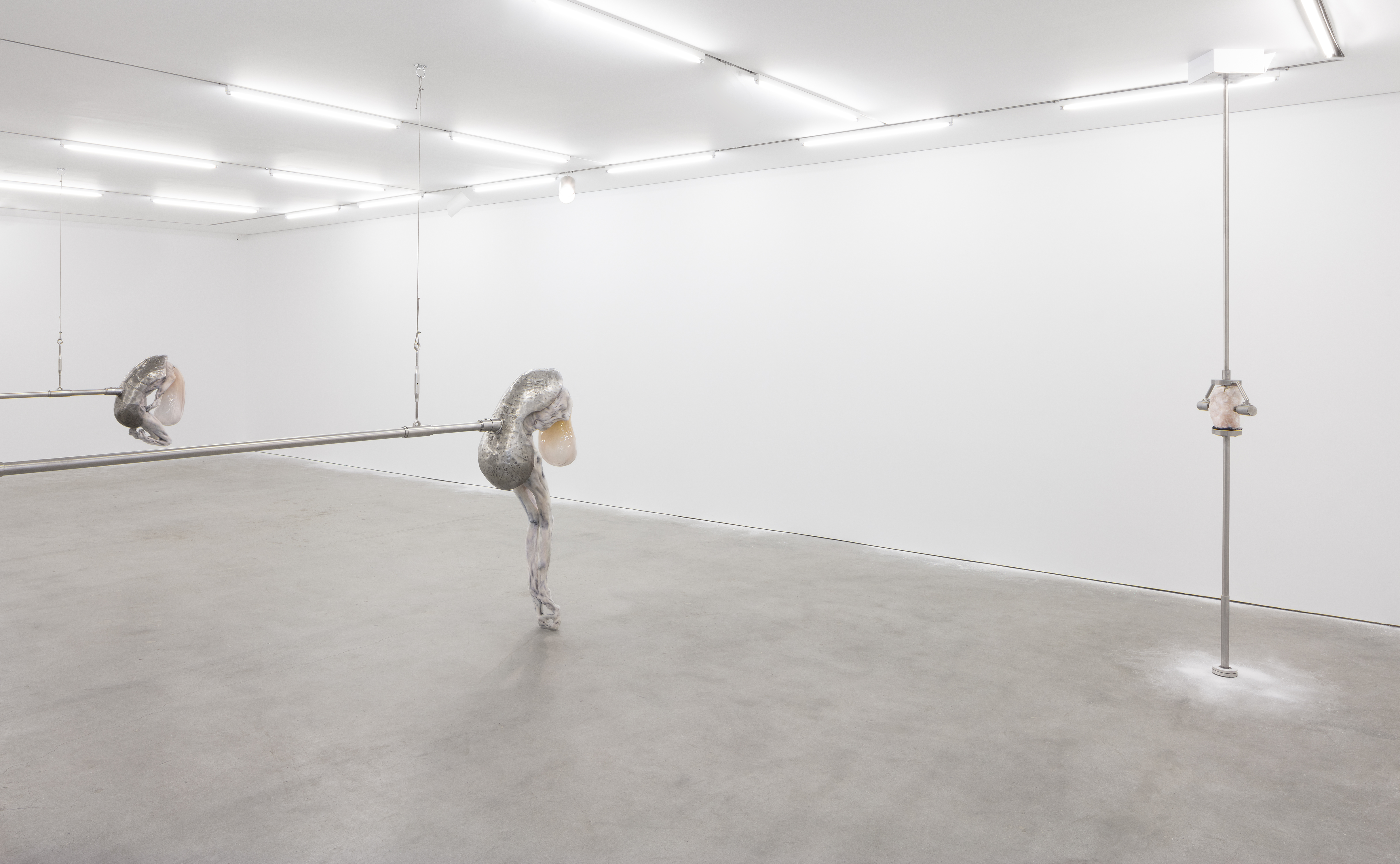
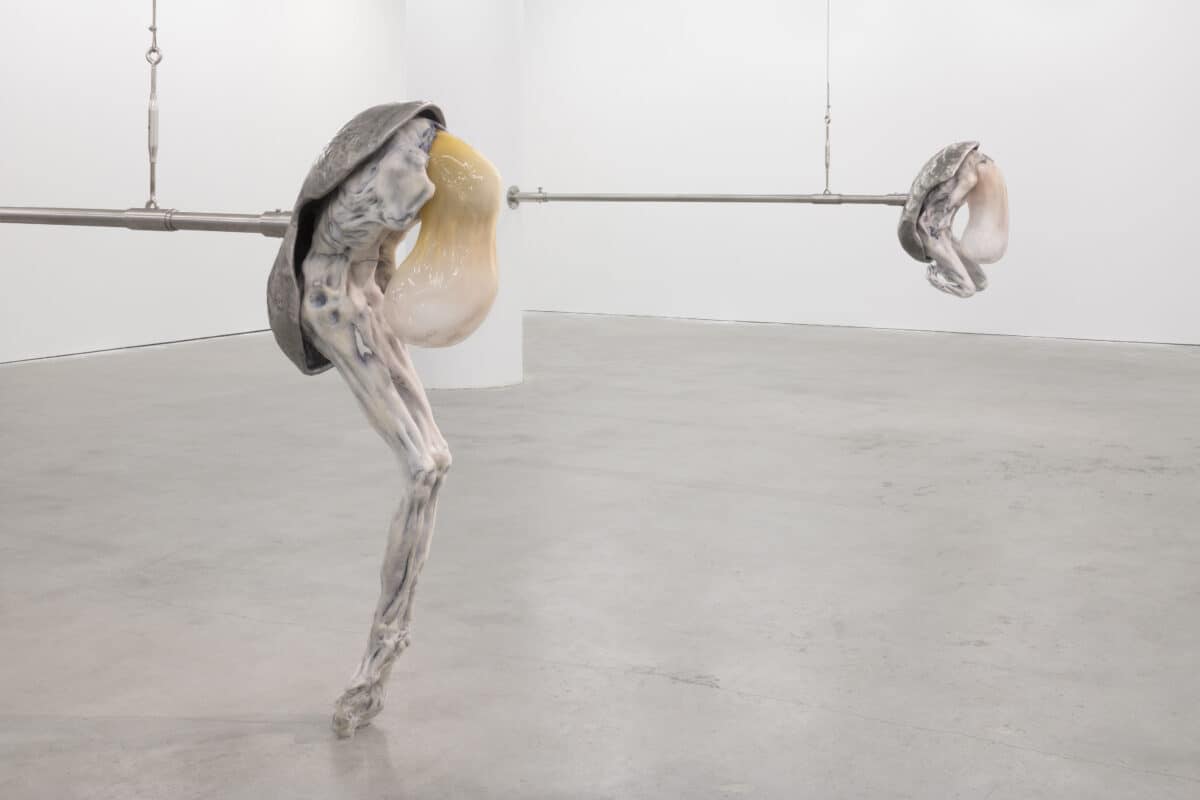
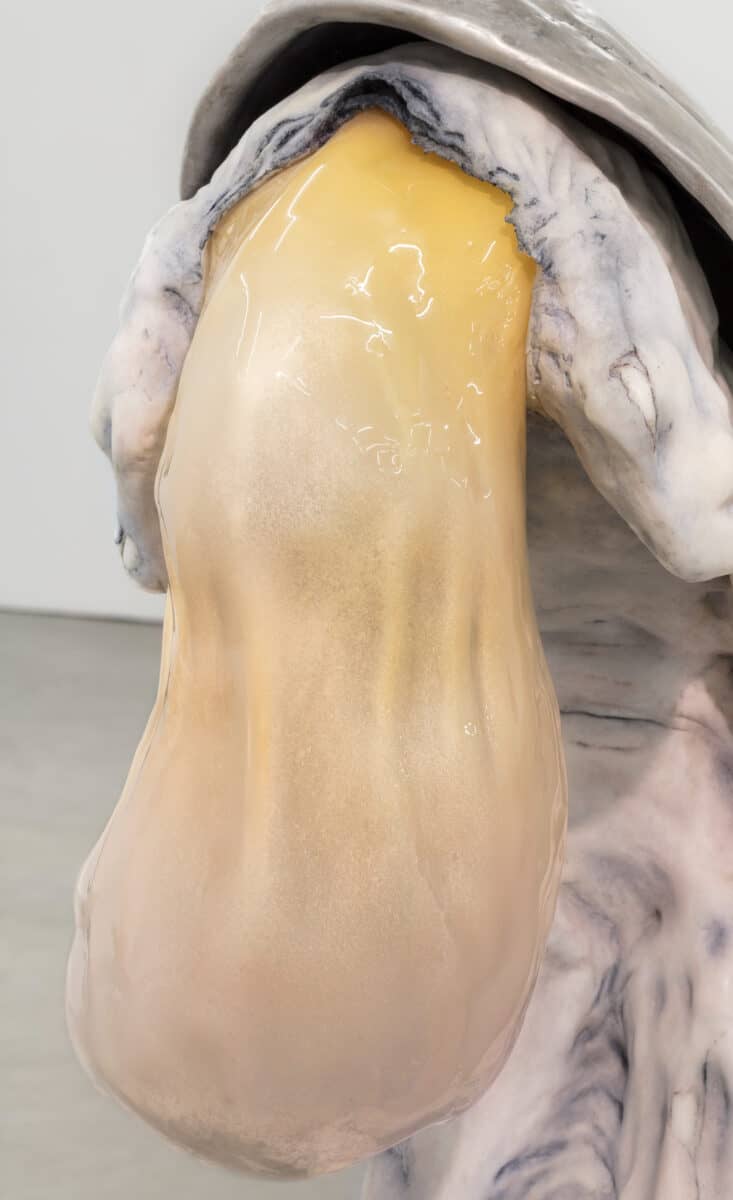
Similarly, Ivana Bašic’s sculpture A thousand years ago 10 seconds of breath were 40 grams of dust reveals the state of flux through its kinetic and sonic elements, a juxtaposition of a violent steel construction gradually altering a piece of pink alabaster. The sound of Bašic’s miniature pneumatic hammers recalls the meticulousness of On Kawara’s time recording, a poignant painterly self-portrait.
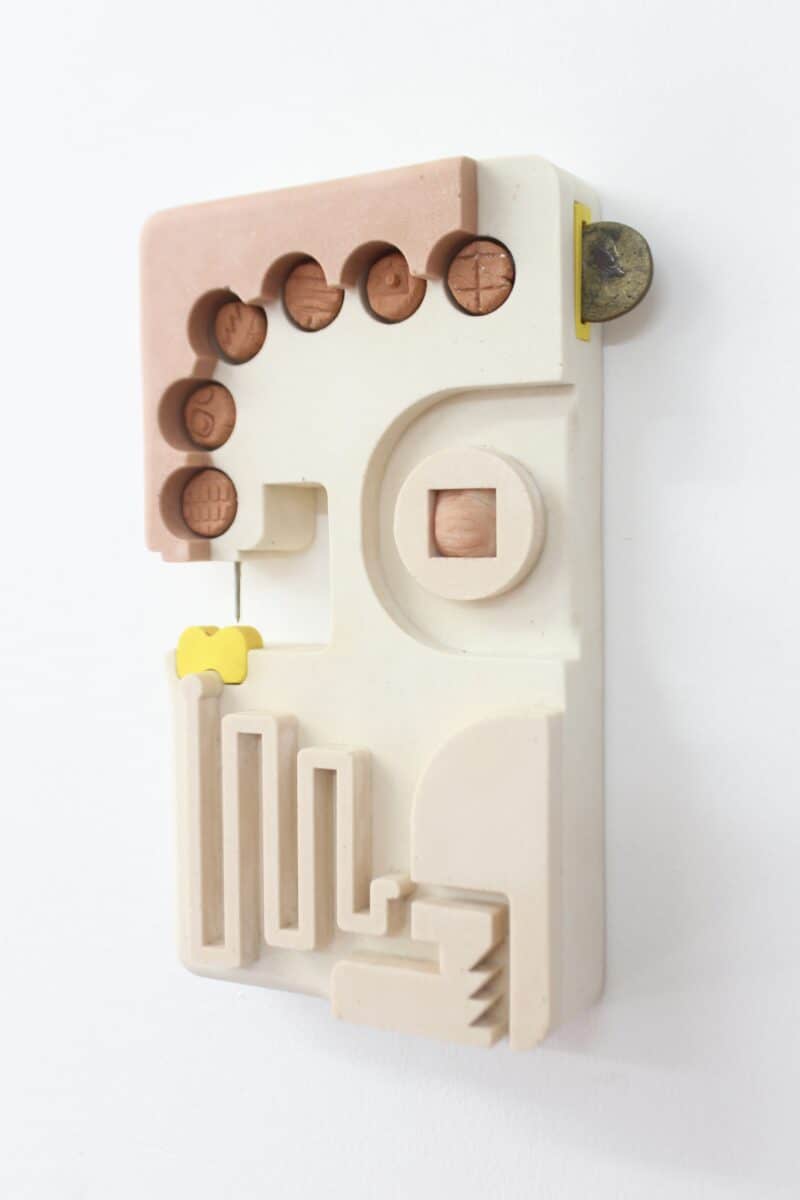
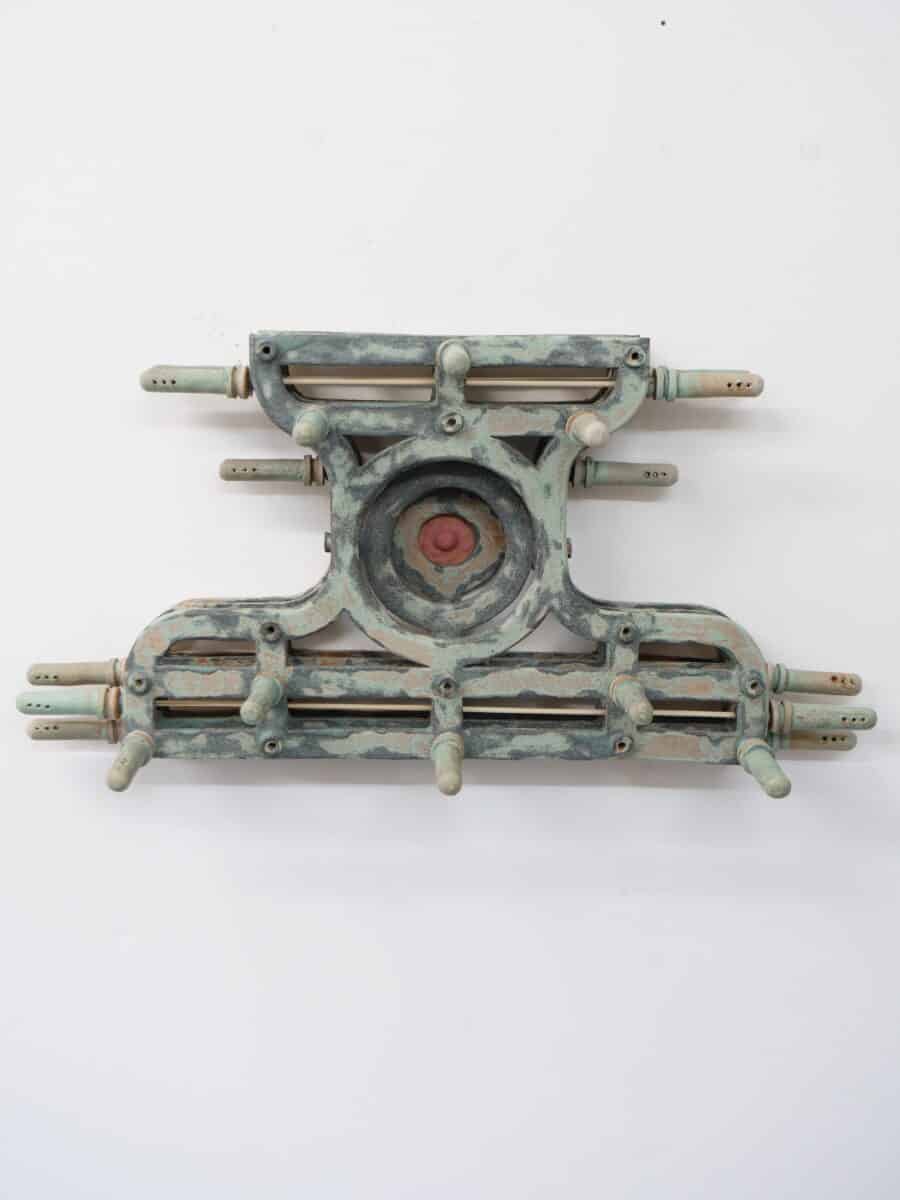
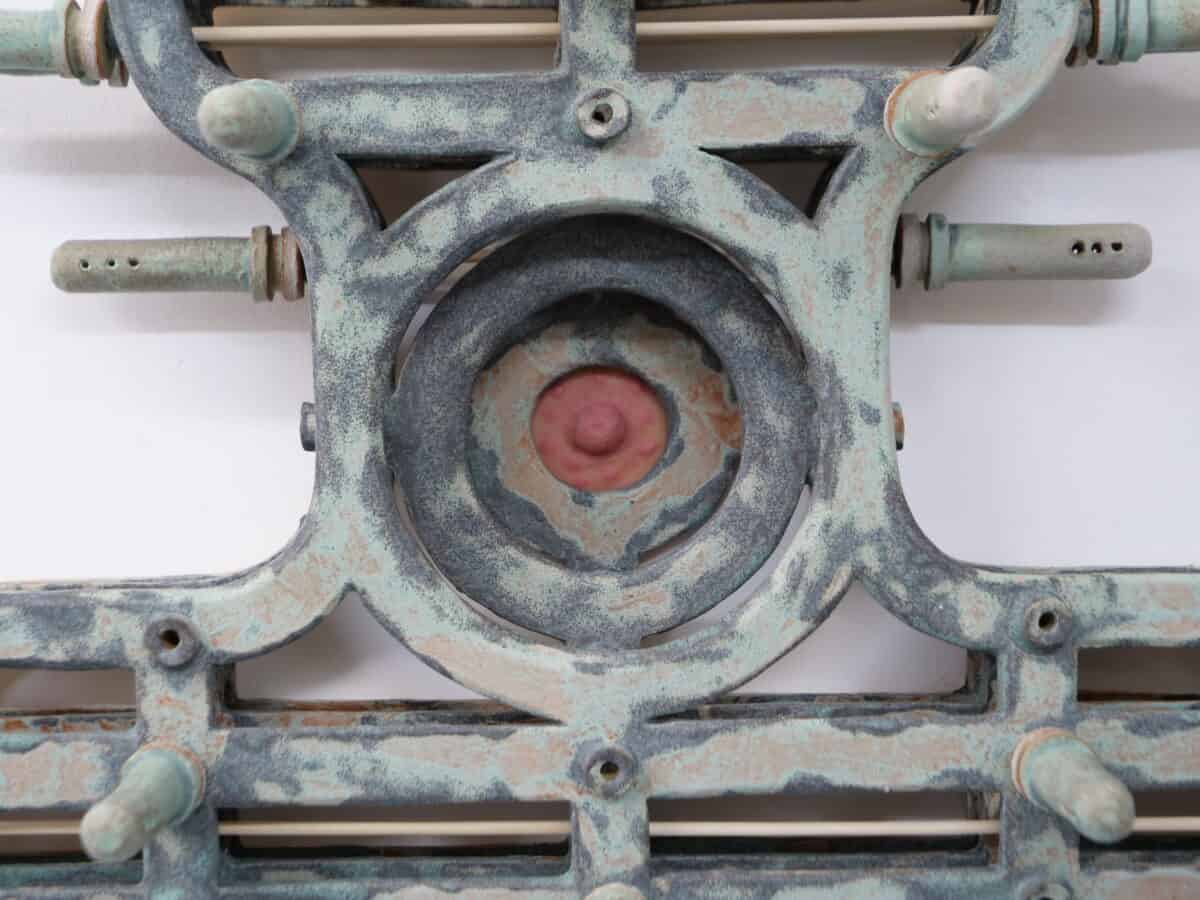
Direct references to physicality of the body, are highlighted in Berenice Olmedo’s delicate sculptures, evoking an invisible human form through metal skeletons, while tactile qualities are recalled by Martin Kippenberger’s latex painting, its texture and colour reminiscent of skin. The language of Rafal Zajko’s sculptures builds on witnessing his grandparents working in Soviet-era factories: merging ceramic plates with silicone prosthetics and metal elements, Zajko juxtaposes the innate tenderness and intimacy of manual labour with the ever-presence of mechanical manufacturing.
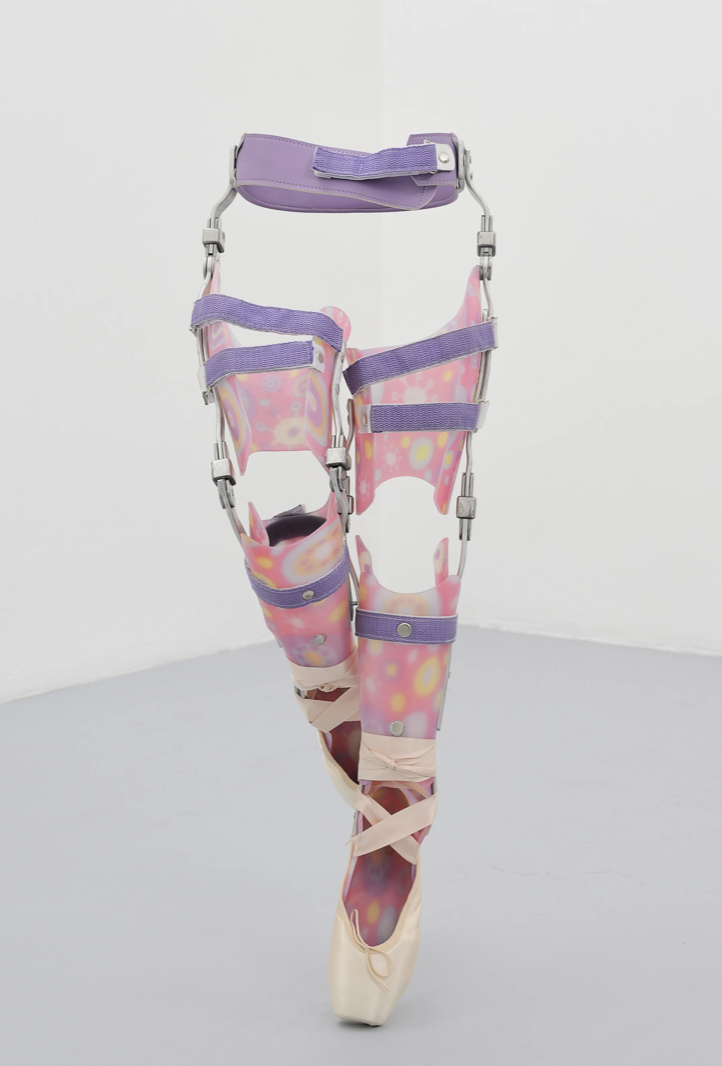
Jack O’Brien’s sculpture as well as photographs by Bernd & Hilla Becher and Peter Fischli and David Weiss offer eerie encounters with familiar elements of architecture or furniture, thus rendering the idea of ‘support’ as ubiquitous within the elements of one’s surroundings and suggestive of both protective and obscuring quality.
Support Structures provides a meditative space centring the notions of care and fragility as a collective responsibility. This mode of relationality evades linearity of time, avoids contractual relationships and instead embraces reciprocity and responsiveness by bringing together works which elicit an affectual response.
Support Structures, 22nd June – 29th July 2023 Opening Thursday 22nd June 6-8 pm, Gathering
Exhibited artists: Ivana Bašic (b. 1986), Bernd & Hilla Becher (1931 – 2007; 1934 – 2015), Louise Bourgeois (1911-2010), Emanuel de Carvalho (b. 1986), Peter Fischli (b. 1952) & David Weiss (1946 – 2012), Eva Hesse (1936-1970), Geumhyung Jeong (b. 1980), Maren Karlson (b. 1988), On Kawara (1932 – 2014), Martin Kippenberger (1953 – 1997), Jack O’Brien (b. 1993), Berenice Olmedo (b. 1987), Nam June Paik (1932 – 2006), Alina Szapocznikow (1926 – 1973), Rafa? Zajko (b.1988)
